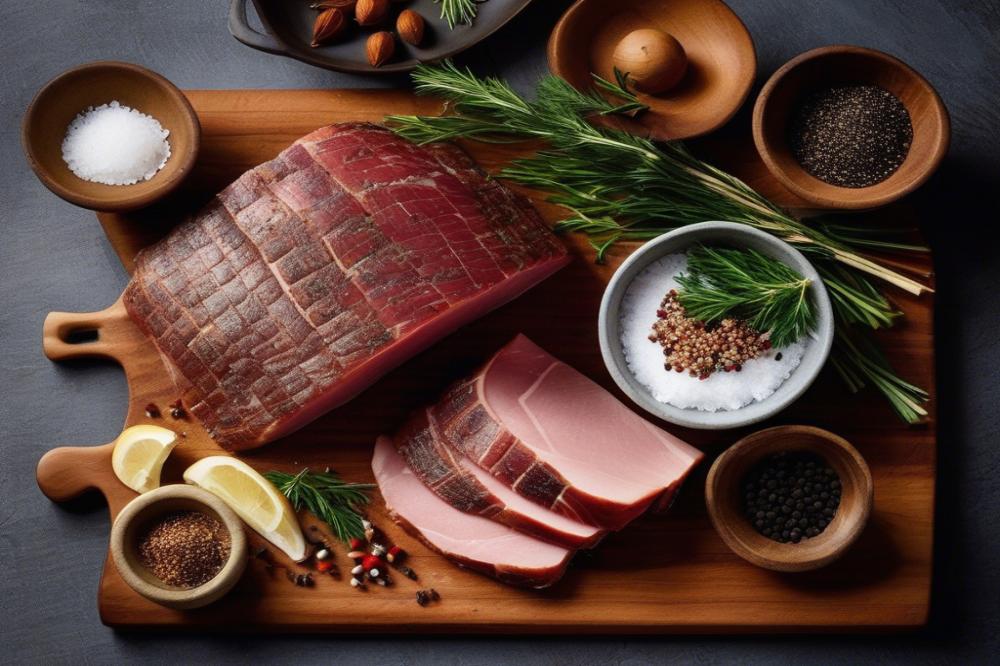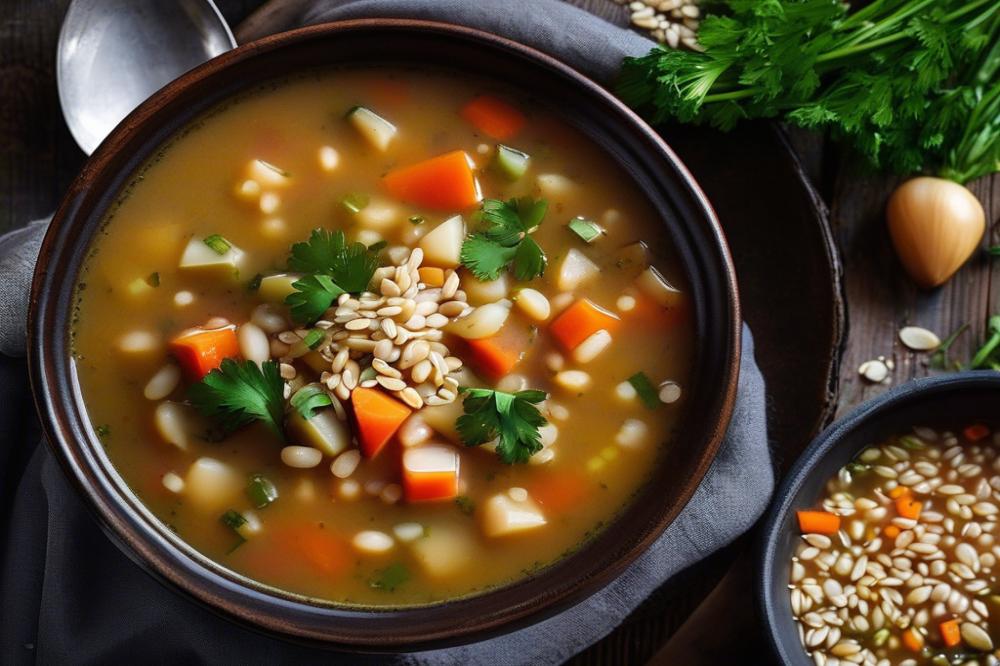Introduction to Louza
Greek cuisine is rich and diverse, offering many dishes that reflect its history and culture. One such delicacy is Traditional Greek Cured Pork, known for its savory flavors and unique preparation methods. Louza is a perfect example of this, bringing the taste of Cyprus to the Mediterranean culinary scene. Often made from the finest cuts of pork, it embodies the artistry of meat curing and preservation.
Originating from the island of Cyprus, this dish has been cherished for generations. Over time, Louza has become a staple in various Mediterranean dishes, celebrated for its irresistible flavor and tender texture. Families often gather to create homemade Louza, reinforcing its significance in culinary traditions. This practice not only preserves a cultural heritage but also highlights the love for gourmet food.
In many Cypriot households, sharing Louza with friends and family is a cherished custom. People enjoy pairing it with olives, cheeses, and fresh bread. Such combinations enhance the tasting experience and showcase the balance of flavors in Mediterranean cuisine. Traditional recipes are often passed down through generations, ensuring the techniques remain alive in the community. Making Louza at home allows individuals to delve into the world of cured meats and pork recipes, connecting them to their roots.
What is Louza?
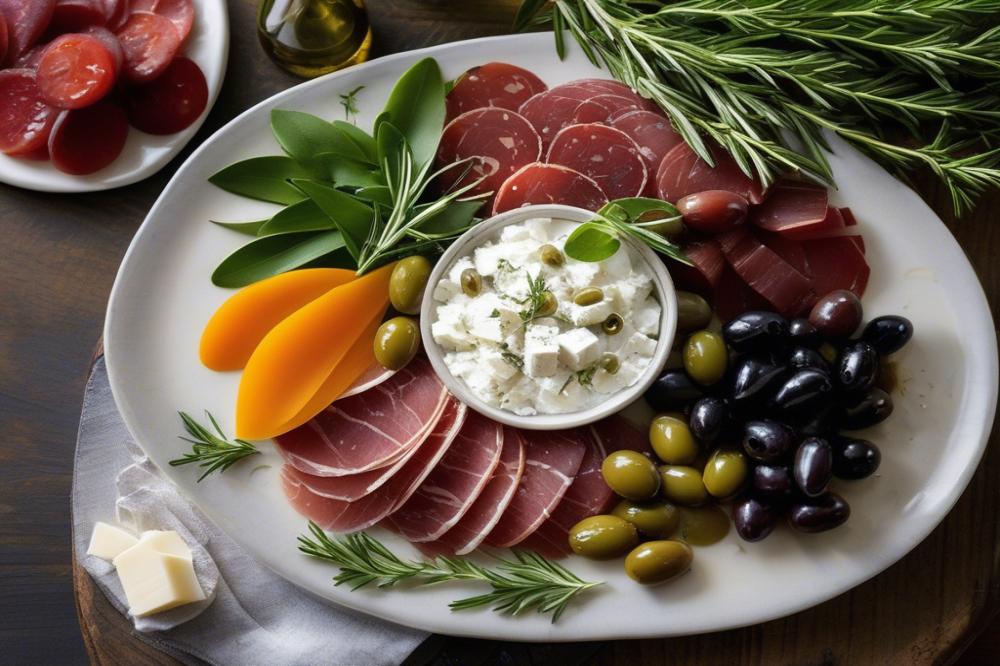
Louza is a type of traditional cured pork, originating from Greece and Cyprus. This delicacy is prepared by seasoning pork with spices and herbs, then curing it. Made from lean cuts, it features a balance of flavor and texture. Often enjoyed as part of a mezze platter, it holds a special place in both Greek and Cypriot cuisine.
This cured meat carries cultural significance. It reflects the culinary traditions of the Mediterranean region. Many families take pride in their homemade Louza recipes, passed down through generations. The connection to daily life and festive occasions cannot be understated. Comparing Louza to other cured meats like prosciutto or salami shows differences in flavor and preparation techniques. While they share similarities, Louza is noted for its unique spice blend and preparation method.
Creating Louza involves traditional techniques that highlight the art of meat curing. First, the pork is typically marinated with a mix of salt, pepper, and aromatic herbs. This step is crucial; it helps preserve the meat and enhance its taste. Afterward, the meat is air-dried in a specific environment that allows for optimal curing. This process can take several weeks. Each stage involves careful attention to detail, making homemade Louza a true labor of love.
Many Mediterranean dishes include cured pork, but Louza stands out. It combines flavors that evoke the essence of Greek cuisine. Enjoy it sliced thin, with olives and bread, or as part of a meze spread. This dish marries simplicity and sophistication, appealing to those who appreciate gourmet food. As a result, it has earned its place among Cyprus delicacies adored by locals and visitors alike.
Ingredients and Instructions
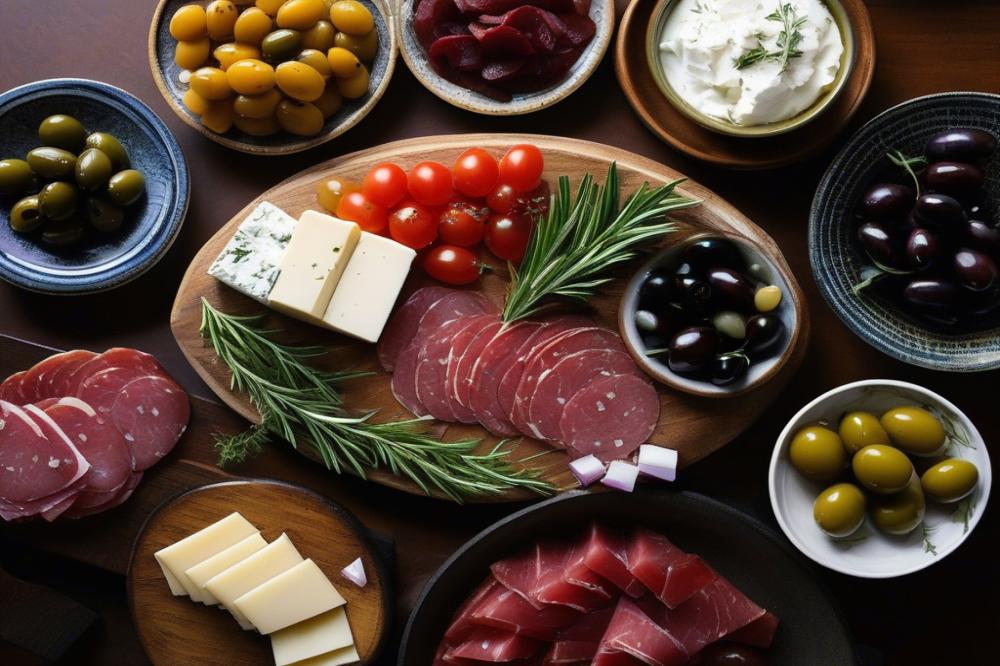
To prepare traditional cured pork, gather the following ingredients:
- 1 kg of pork tenderloin
- 10g of sea salt
- 5g of black pepper
- 2g of allspice
- 2g of garlic powder
- 50ml of red wine
- Optional: herbs such as thyme or rosemary
Preparation Steps
Start by trimming the pork tenderloin. Remove any excess fat or sinew. This helps in achieving the best texture. A clean surface is vital for meat curing. Next, in a bowl, mix sea salt, black pepper, allspice, and garlic powder. If you have chosen to use fresh herbs, chop them finely.
Apply the spice mixture to the tenderloin. Make sure every part is covered evenly. This step is crucial for imparting flavor deeply within the meat. After seasoning, pour the red wine over the pork. The wine will add depth and contribute to the curing process.
Wrap the seasoned pork in plastic wrap. Place it in a shallow dish. The dish will catch any juices that may leak. Refrigerate this for at least five days. During this time, the salt will draw moisture out of the pork, creating a flavorful brine. Turn the pork every couple of days to encourage even curing.
Upon completion of the initial curing phase, it’s time for drying. Remove the pork from the refrigerator. Rinse it under cold water to wash off excess salt and spices. Pat the meat dry using paper towels.
For the drying process, hang the pork tenderloin in a cool, well-ventilated area. You could use a hook or string for hanging. Ensure that the area is clean and away from direct sunlight. This might take several weeks, depending on humidity levels. A good indication of readiness is the meat feeling firm to the touch.
When the curing is complete, store your homemade delicacy in a cool place. It can be sliced thinly for serving as part of Mediterranean dishes. Vacuum-sealing it keeps the flavor intact. Alternatively, you could wrap it tightly in parchment paper, followed by aluminum foil.
To enjoy the utmost flavor and texture, consider slicing it thin and serving it with olives and bread. Louza pairs well with various wines and cheeses as a gourmet food platter. Traditional recipes from Cyprus inspire a range of culinary creations, and this cured meat is no exception.
Experimenting with herbs like thyme or rosemary can enhance the dish further. Each batch can turn out unique, depending on the spices or methods used. This reflects the beauty of Greek cuisine and the art of meat curing.
Nutritional Information
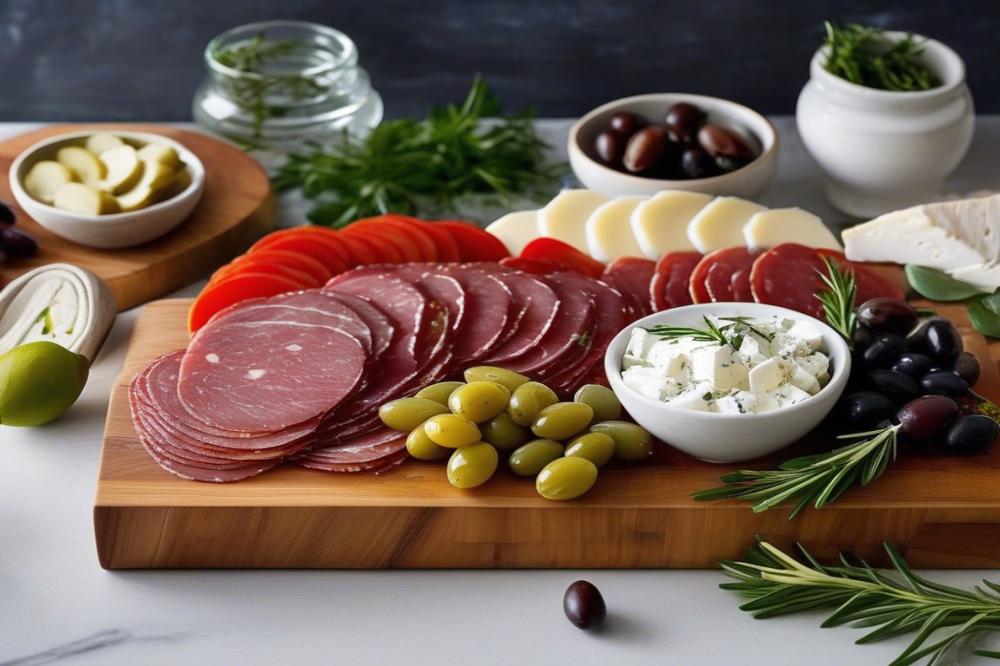
The preparation of Louza involves a variety of ingredients. Each component contributes to its overall nutritional profile. This traditional cured pork showcases quality pork, spices, wine, and salt. Understanding the nutritional data can help you appreciate this dish even more.
When looking closely at pork, it’s essential to consider its benefits. Nutritionally, pork is a great source of protein. This important nutrient plays a vital role in building and repairing tissues. Furthermore, pork contains B vitamins such as thiamin, niacin, and B6. These vitamins assist in energy production and brain health when consumed in moderation.
However, moderation is key. Cured meats like Louza can be higher in sodium and saturated fats. This makes it wise for individuals watching their sodium intake or those with certain health conditions to consider alternatives. The Mediterranean diet emphasizes balance, so enjoying cured meats occasionally fits within a healthy lifestyle.
Each ingredient in this pork recipe holds significance. Adding spices not only enhances flavor but also offers potential health benefits. Many herbs and spices contain antioxidants, which can support overall health. The wine used during the curing process may also provide some positive effects when enjoyed responsibly.
Considering dietary restrictions is important when preparing traditional recipes. Those with a sensitivity to gluten, for instance, might want to double-check any added flavoring or preservatives. Homemade Louza allows for precise control over ingredients, which is helpful for those with food allergies.
It’s also interesting to note the role of cured meats in Mediterranean dishes. Traditionally, cured meats are staples across various culinary traditions in the region. They often accompany vegetables, legumes, or whole grains. This pairing can create a well-rounded meal that supports health while celebrating cultural flavors.
Exploring Cyprus delicacies and other regions highlights the versatility of cured meats. Gourmet food often embraces the unique flavors found in traditional preparation methods. Louza serves as a delicious example of how history influences modern culinary experiences.
The Art of Meat Curing
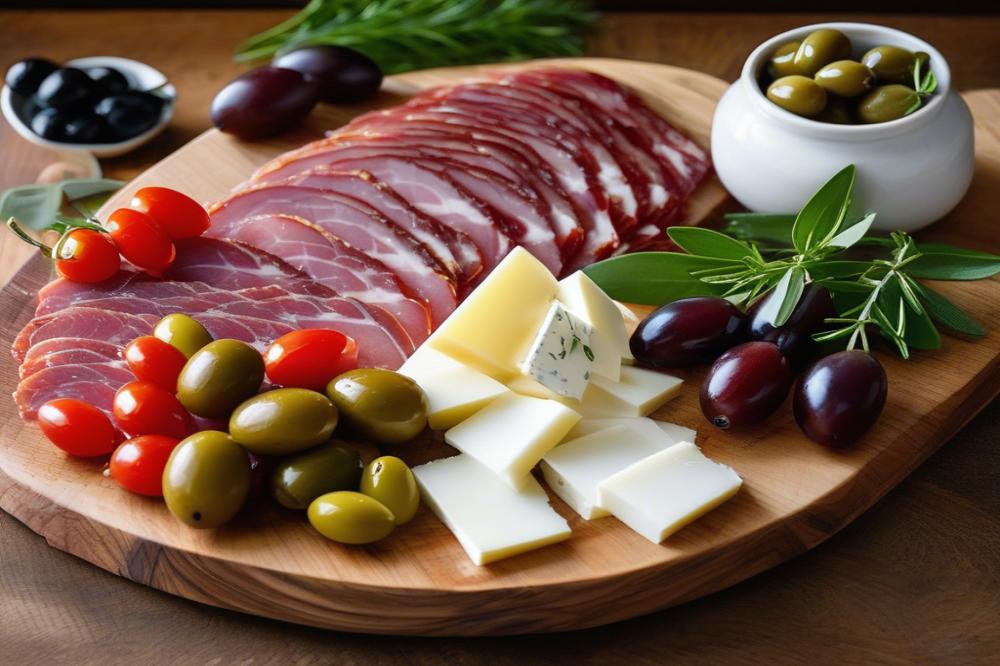
Greek cuisine celebrates the rich flavors found in cured meats, especially in the preparation of pork recipes. The process of meat curing has deep roots in culinary traditions passed down through generations. Each step requires care, patience, and knowledge of the environment.
Climatic conditions play a crucial role in the curing process. In regions with warm, dry air, the ability to dry and preserve meats becomes easier. Humidity can spoil the flavor, so many families turn to the Mediterranean climate, which is ideal. The dry weather in places like Cyprus allows for gourmet food production that captures the essence of the land.
The technique used in making traditional recipes, such as homemade Louza, involves marinating the pork in a mixture of salt and spices. The choice of spices greatly influences the final taste. Common ingredients include black pepper, oregano, and coriander. Each family often has its secret blend passed down as part of their heritage.
After marination, the meat is air-dried, allowing the flavors to deepen over time. This drying phase is critical for preserving flavors and textures, resulting in a product that is both savory and aromatic. Hanging the pork in a well-ventilated area helps to develop a unique outer layer while keeping the inside moist and tender. Families have shared these methods for generations, contributing to the charm of Mediterranean dishes.
Different regions celebrate their variations of cured pork, enhancing the diversity of Cyprus delicacies. Each piece of meat tells a story of its surroundings, culture, and methods. Understanding these traditional techniques gives a deeper appreciation for the art of meat curing in Greek cuisine.
Pairing and Serving Suggestions
When serving homemade Louza, presentation matters. Place thin slices of the cured pork on a beautiful platter. Accompany it with quality Greek olives and marinated vegetables. These additions enhance the flavors and create an inviting display.
Wine is an essential factor in pairing with cured meats. A robust red wine, such as a Greek Agiorgitiko, complements the richness of the pork. Alternatively, a crisp white wine like Assyrtiko can provide a refreshing contrast. Either choice brings out the best in the flavors of the Louza.
Cheese can elevate the experience of enjoying this dish. Feta cheese, with its tangy profile, pairs well with the cured meat. If you prefer something creamier, consider adding a mild goat cheese. Both options showcase a key element of Greek cuisine while enhancing the meal.
Breads play a supporting role in the serving of Louza. Serve it alongside fresh, crusty bread or traditional Greek pita. Their textures create an exciting contrast to the cured pork. Each bite becomes an experience, blending the meat’s flavors with the taste of the perfect bread.
In gourmet food settings, Louza shines as a star ingredient. Chefs can incorporate it into Mediterranean dishes, creating innovative recipes. For example, consider using it in a pasta dish with tomatoes and herbs. This transformation keeps culinary traditions alive while introducing modern flavors.
Traditional recipes often feature Louza during family meals. Imagine sharing this dish during holidays or gatherings with loved ones. It brings warmth to the table and sparks conversations about its history. This connection to family makes the dish even more memorable.
If hosting a special occasion, recognize the place of Louza in creating an unforgettable atmosphere. Prepare a charcuterie board, mixing it with other Cyprus delicacies. Add variety by including nuts, fruits, and different types of cheeses. Such a display showcases the diversity of cured meats and Mediterranean flavors.
Use these pairing and serving suggestions to enrich your meals. Each element can bring a delightful twist to your dining experience. By understanding the nuances, you can appreciate Louza as part of a larger culinary journey.
Final Thoughts on Making Louza
Crafting this traditional cured pork involves a blend of careful preparation and patience. Start by selecting high-quality pork, marinating it in a mixture of spices and herbs. The process takes time, but the reward is worth it. After curing, the meat is air-dried until it reaches the perfect texture and flavor. Not only does this method preserve the meat, but it also enhances its taste.
Preserving such culinary traditions plays a vital role in maintaining our cultural heritage. Recipes passed down through generations create a connection to the past. When you make this dish, you’re participating in a time-honored practice that connects modern kitchens to ancient flavors. It emphasizes the significance of enjoying locally sourced ingredients, a key component of Greek cuisine.
Trying to create this dish at home can be quite fulfilling. Explore the delightful tastes of homemade cured meats and the stories behind them. Knowing the origins and techniques adds a deeper appreciation for the food on your plate. So, why not gather some friends or family, and dive into this rewarding experience? Your kitchen can become a place of tradition, flavor, and connection to rich Greek and Cypriot heritage.

